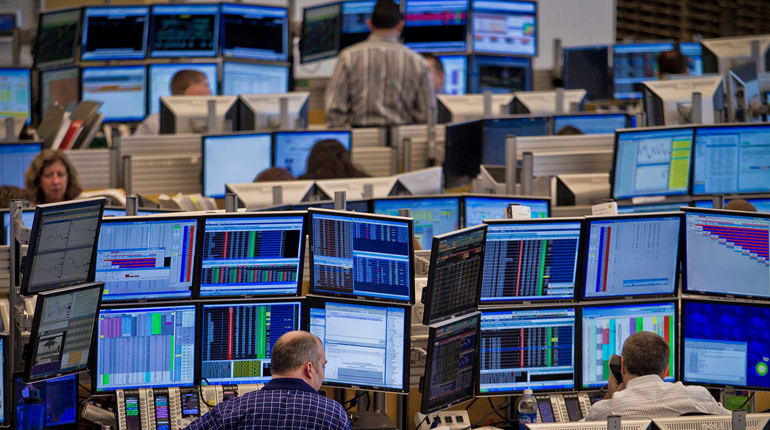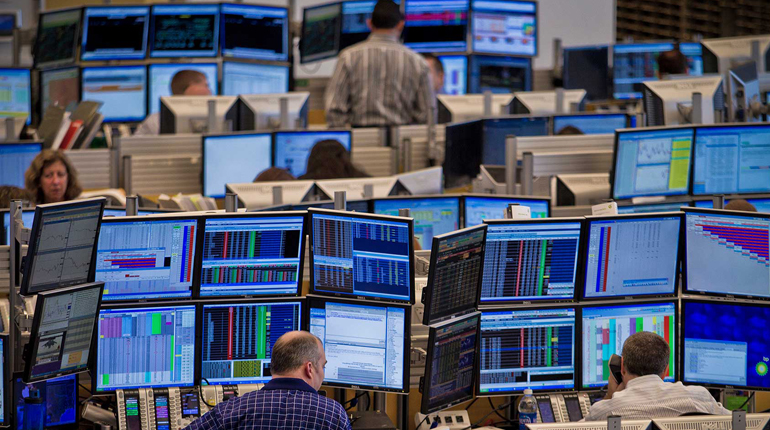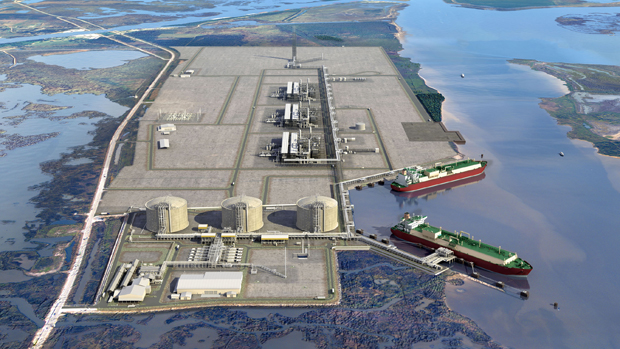Highlights
- Weather-related demand will drive an increase in European gas consumption in 2015
- Falling output from Groningen will hit regional supplies and help tighten the market in Q4
- The pace of net injections in Ukraine has slowed in September
- The NBP day-ahead is back above 40 p/th after August lows
Economic overview
Europe’s economy grew in Q2, but the latest outlook for 2015 has been revised downwards.
The eurozone’s economy grew by 1.5% on an annual basis in Q2, according to September data from Eurostat. Growth was 1.9% in the EU28. Both figures reflect an improvement on the annual growth seen in Q1. However, the euro area GDP forecast for 2015 as a whole is now 1.4%, down from 1.5%, according to the latest outlook from the European Central Bank (ECB). Euro area GDP forecasts for 2016 and 2017 have also been reduced from the previous ECB forecast, released in June. GDP is expected to grow by around 1.7% in 2016 and 1.8% in 2017. The downward shift is largely the result of volatile global economic conditions, including the slowdown of the Chinese economy.
ECB economic outlook - projections for the Euro Area
| 2014 | 2015 | 2016 | 2017 | |
| GDP | 0.9% | 1.4% | 1.7% | 1.8% |
| Exports* | 3.8% | 4.5% | 4.9% | 5.2% |
| Imports* | 4.2% | 4.7% | 5.4% | 5.7% |
| Employment | 0.6% | 0.7% | 0.8% | 0.8% |
| Unemployment rate (% of labour force) | 11.6% | 11.0% | 10.6% | 10.1% |
As the region prepares for winter, any expansion in gas demand is most likely to be weather-related. Consumption is only expected to grow if the start to winter in Q4 is particularly cold.
The scale of the refugee crisis that has hit the headlines in recent weeks has raised questions about the economic impact on the region. While a short-term spend is inevitable, there could be longer-term economic benefits from the influx of refugees and migrants, particularly for Germany, which has a rapidly ageing and shrinking population.



